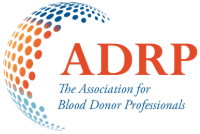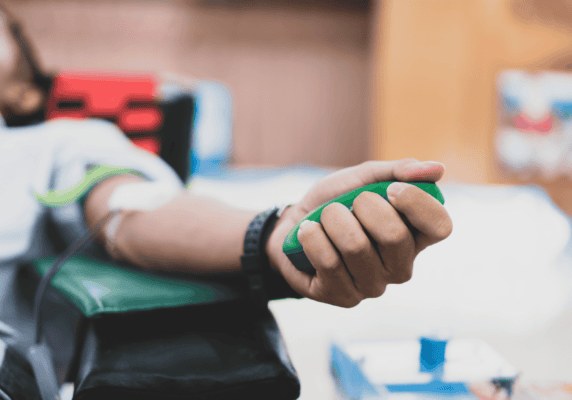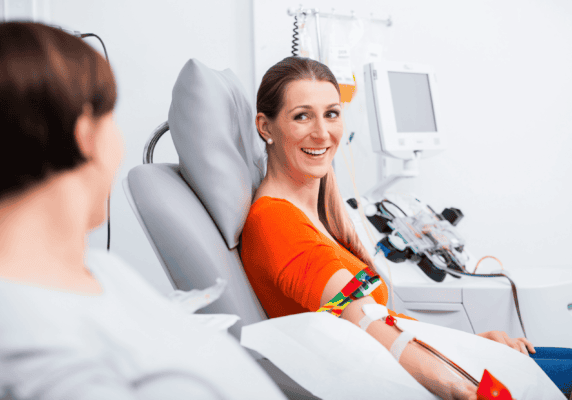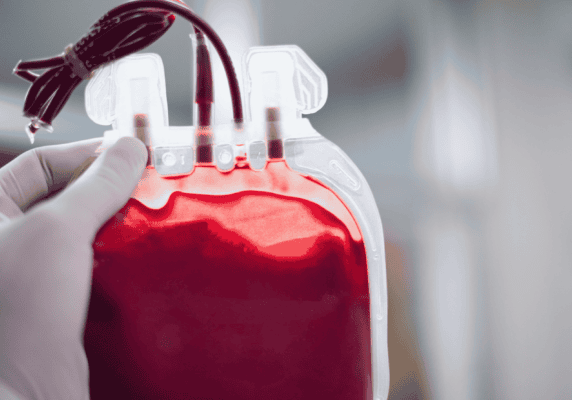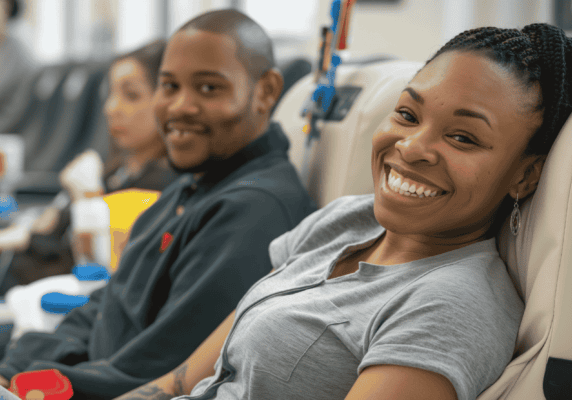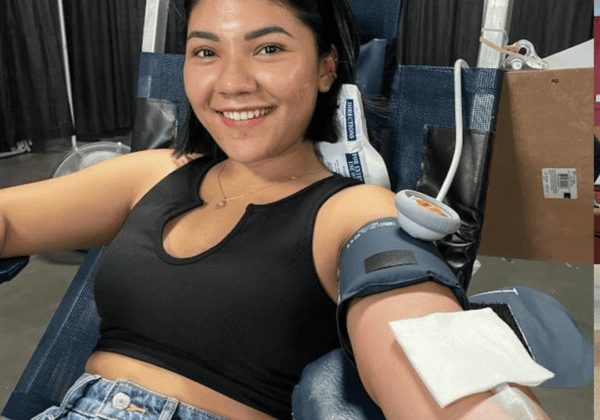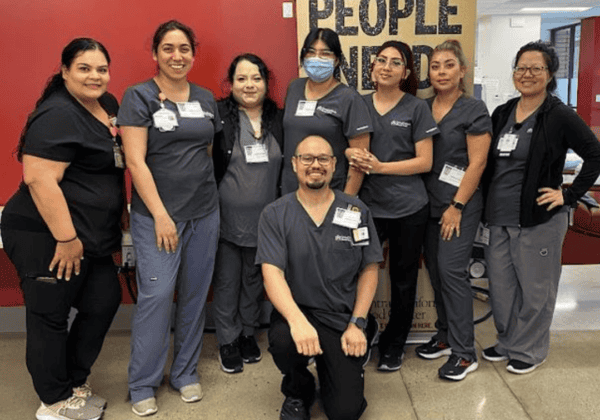Discover Your Perfect Resource
Unlock a wealth of knowledge by searching ADRP's comprehensive library using filters like resource type, topic, and date to quickly find the exact information you need.
Resource Type
Topic
Results per page
Sort By
Engaging blood donors as advocates Social media preferences and associations with marketing
Background: Various critical medical procedures would become impossible without blood donations—saving lives in emergencies, surgeries, and chronic conditions like thalassemia. Therefore, it seems crucial to enhance donor recruitment and ensure…
Rethinking the role of older donors in a sustainable blood supply
INTRODUCTION Many countries, particularly high human development index countries, are facing the challenge of an aging population.1 For Blood Collection Agencies (BCAs) in these countries, an aging population poses two…
Building awareness: Introducing education about blood‐product donation in the school
Brief Summary Blood and plasma products play crucial roles in the healthcare system, being used for many life-saving treatments such as surgeries, cancer therapies, treating burn victims, and managing chronic…
Donating blood in a team: Investigating social factors as predictors and outcomes of a positive team experience
Abstract Background: Social connections are crucial in blood donation, with positive social influences providing valuable information and serving as motivation to donate. Australian Red Cross Lifeblood’s group donation program, Lifeblood…
Predictive Donor Model to Improve Platelet Supply in Response to a Mass Casualty Event
Background During a mass casualty or nuclear event, the surge in need for blood may exceed the existing supply. Platelets are of particular interest as a large number of platelets…
Can whole blood donors help alleviate platelet shortages?
Abstract How are platelets collected? In the U.S., most platelets for transfusion are collected by apheresis, meaning that blood centers must retain apheresis donors or convert whole blood donors to…
State of affairs: the US platelet supply and the role of whole blood-derived platelets
Purpose – The US platelet supply is almost exclusively dependent on apheresis donors who are “aging out.” As a result, blood centers and hospitals have been experiencing spot shortages and…
From pandemic to participation: A two-year follow-up of blood donors in the Netherlands who registered during the first wave of the COVID-19 pandemic
Full article available for purchase Abstract Background During the height of the COVID-19 pandemic (2020–2021), people were urged to minimize movements. Nevertheless, the Netherlands observed a huge increase in new…
Ensuring a Safe and Sufficient Global Blood Supply
A safe and sustainable blood supply remains elusive for many low- and middle-income countries (LMICs). The World Health Organization (WHO) considers blood and blood components to be essential medicines, which…
The effectiveness of telephone surveys on the return of first-time donors: A randomized controlled trial
Authors Vanessa C. Marsano, Dirk Hasenclever, Reinhard Henschler Abstract Background The management of blood supply depends, among other factors, on the effective remobilization of first-time donors (FTDs). This study investigates the efficacy…
The prototypical UK blood donor, homophily and blood donation: Blood donors are like you, not me
Authors: Eamonn Ferguson, Sarah Bowen, Richard Mills, Claire Reynolds, Katy Davison, Claire Lawrence, Roanna Maharaj, Chris Starmer, Abigail Barr, Tracy Williams, Mark Croucher, Susan R. Brailsford Background and Objectives Homophily represents the extent to which people feel others are like them…
Incentives for plasma donation
Authors Elena Koch, Antonia Leiße, Besarta Veseli, Johannes Jensen, Marloes Spekman, Eva-Maria Merz, Edlira Shehu, Jean-Baptiste Thibert, Antoine Beurel-Trehan, Marion Leblond, Martin Oesterer, Philipp Kluge, Donata Forioso, Michel Clement Abstract Background and Objectives This work provides an overview of the incentives used for…
Using competition for plasma donor recruitment and retention: An Australian university case study
Free reading access to article in link provided Authors Jack Bryant, Torres Woolley, Tarun Sen Gupta, Kathleen Chell Abstract Background and Objectives Using evidence from one Australian university’s participation in the Vampire Cup…
Advancing Understandings of Blood Donation Motivation and Behavior
Full article available for purchase in link provided Authors Shana D. Hughes a b, Christopher L. France c, Kamille A. West-Mitchell d, Theresa Pina e, Duncan McElfresh f g, Merlyn Sayers h i, Barbara J. Bryant jfor theNHLBI SoS Working Group #1: Blood Donors and the Supply Abstract In this review, we provide…
A randomized controlled trial of post-donation communication materials to increase donor return following a vasovagal reaction
Full article available for purchase Authors Amanda Thijsen, Carley N. Gemelli, Tanya E. Davison, Barbara Masser Abstract Background Vasovagal reactions (VVRs) are one of the primary reasons for people to stop donating blood.…
